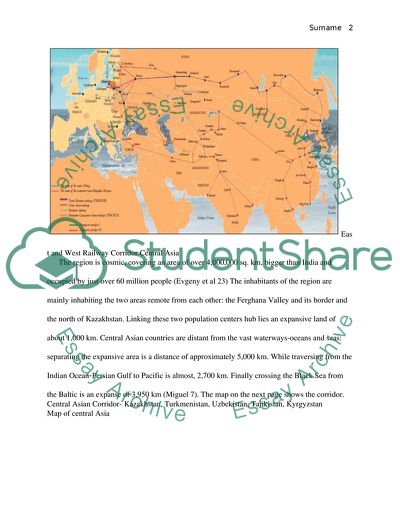Cite this document
(Geo-economics of the Railways - East and West Research Paper, n.d.)
Geo-economics of the Railways - East and West Research Paper. Retrieved from https://studentshare.org/geography/1766990-geo-economics-of-the-railways-east-and-west
Geo-economics of the Railways - East and West Research Paper. Retrieved from https://studentshare.org/geography/1766990-geo-economics-of-the-railways-east-and-west
(Geo-Economics of the Railways - East and West Research Paper)
Geo-Economics of the Railways - East and West Research Paper. https://studentshare.org/geography/1766990-geo-economics-of-the-railways-east-and-west.
Geo-Economics of the Railways - East and West Research Paper. https://studentshare.org/geography/1766990-geo-economics-of-the-railways-east-and-west.
“Geo-Economics of the Railways - East and West Research Paper”, n.d. https://studentshare.org/geography/1766990-geo-economics-of-the-railways-east-and-west.


